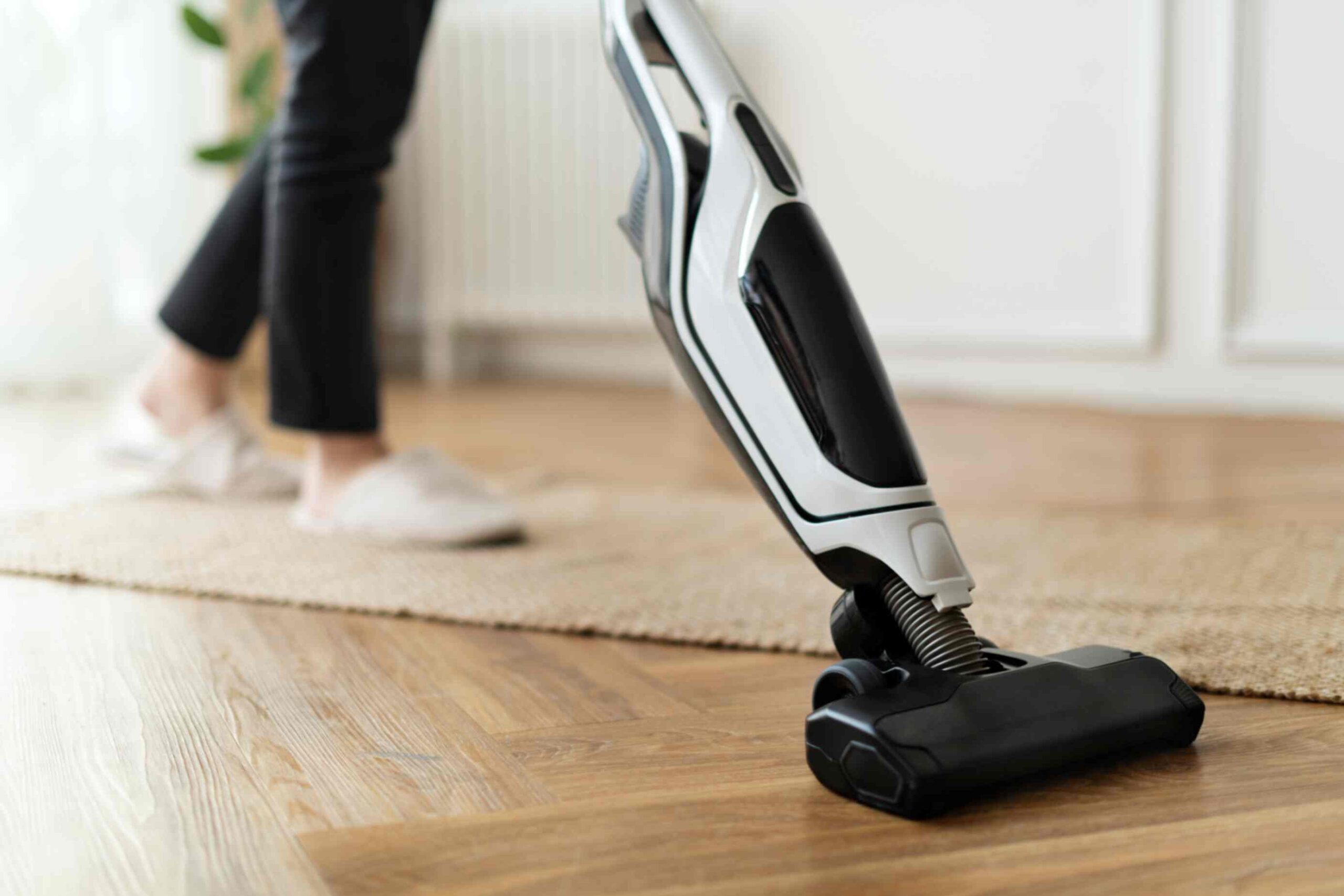The evolution of floor cleaning machines has been marked by significant technological advancements that have revolutionized the way we maintain cleanliness in homes, offices, and industrial spaces. Over the decades, these machines have become more efficient, user-friendly, and effective in ensuring clean and hygienic environments. From manual cleaning tools to the sophisticated wet and dry vacuum cleaner, floor cleaning machines have seen a remarkable transformation. This article explores the history and evolution of floor cleaning machines, with a focus on how the wet and dry vacuum cleaner has changed the cleaning landscape.
Early Beginnings: The Rise of Manual Floor Cleaning Tools
Before the invention of modern cleaning machines, floor cleaning was a manual task. Sweeping and mopping were the most common methods used by households and businesses to maintain cleanliness. Early broom designs date back to the 16th century, primarily consisting of twigs tied together to sweep dirt. Similarly, mops, which were originally simple cloths attached to sticks, were used to clean floors by hand.
These early tools, while effective for light cleaning, were labor-intensive and required significant effort to achieve a thorough clean. Additionally, these tools did not offer much in terms of removing dust, allergens, and dirt embedded deep within carpet fibers or hard-to-reach corners.
The Invention of the Vacuum Cleaner
The vacuum cleaner, as we know it today, was a groundbreaking invention that changed the way floors were cleaned. The first patents for vacuum cleaners were filed in the late 19th century, but it wasn’t until the early 1900s that they started becoming more commercially available.
The First Vacuum Cleaner: A Steam-Powered Invention
In 1901, British inventor Hubert Cecil Booth introduced the first suction-based vacuum cleaner. This machine was powered by a steam engine, and its bulky design meant it was too large for most homes. Booth’s machine utilized a large hose and suction to pull dirt into a cloth bag, an idea that would later inspire future generations of vacuum cleaners.
At around the same time, in the United States, another inventor, James Spangler, created the first portable vacuum cleaner. His design was powered by an electric motor, and he patented it in 1908. Spangler’s innovation made vacuum cleaners more accessible for home use, and soon after, the Hoover Company—named after Spangler’s vacuum cleaner—began manufacturing and selling these portable machines, revolutionizing floor cleaning.
The Development of Wet and Dry Vacuum Cleaners
As vacuum cleaner technology improved, engineers began developing more versatile machines capable of cleaning both dry and wet debris. In the 1920s, wet vacuums started appearing on the market, but they were mostly used in commercial and industrial settings. These machines were designed to remove liquid spills, which made them useful for cleaning warehouses, factories, and other high-traffic spaces.
The concept of combining dry and wet cleaning capabilities took a significant leap forward in the 1950s when manufacturers started introducing wet and dry vacuum cleaners. These versatile machines were capable of handling both solid debris (dirt, dust, and particles) and liquid spills (water, cleaning solutions, or even oils). The ability to clean up both types of messes made these machines indispensable in a wide range of environments, from homes to businesses and industrial facilities.
How Wet and Dry Vacuum Cleaners Work
Wet and dry vacuum cleaners use a combination of strong suction power and advanced filtration systems to collect both liquid and solid debris. These machines feature two separate chambers or tanks—one for dry debris and one for liquids. When the vacuum is switched to “wet mode,” it is designed to handle liquids without damaging the internal components, ensuring that both types of messes can be cleaned efficiently.
In addition to their versatility, wet and dry vacuum cleaners offer several advantages over traditional vacuum cleaners and mops. They are faster, more efficient, and require less physical effort. Furthermore, modern versions of these machines come equipped with HEPA filters, which trap fine dust and allergens, helping improve indoor air quality.
Technological Advancements in Floor Cleaning Machines
Over the years, floor cleaning machines have become more advanced, thanks to ongoing innovation and technological advancements. Some key developments include:
1. Cordless Technology
In the early days of vacuum cleaning, machines were tethered to power sources by long cords. However, as battery technology improved, cordless vacuum cleaners became more popular. These cordless models provided greater flexibility, ease of use, and convenience, allowing users to clean large areas without worrying about power outlets.
Today, cordless wet and dry vacuum cleaners are widely available and are designed to deliver the same high power and performance as their corded counterparts.
2. Smart Features
Modern floor cleaning machines, including wet and dry vacuums, are increasingly being equipped with smart features such as sensors, automatic dirt detection, and self-cleaning capabilities. These advancements make it easier for users to operate the machines without much effort.
Smart vacuums now come with programmable settings, allowing users to schedule cleaning times or set the machine to clean specific areas of the floor. Furthermore, some models have integrated Wi-Fi connectivity, allowing users to control the machine via smartphone apps.
3. Eco-Friendly Design
As environmental concerns grow, manufacturers have developed more eco-friendly floor cleaning machines. Today’s wet and dry vacuum cleaners are designed with energy-efficient motors and recyclable components. Some models even incorporate water-saving features, reducing the amount of water used during cleaning.
4. Enhanced Filtration Systems
The evolution of filtration technology has made wet and dry vacuum cleaners more effective in removing allergens, dust, and bacteria from the environment. Many modern models now come equipped with HEPA filters, carbon filters, or other advanced filtration systems, which help ensure cleaner, healthier indoor air quality.
The Future of Floor Cleaning Machines
As technology continues to evolve, the future of floor cleaning machines looks promising. Manufacturers are increasingly integrating artificial intelligence (AI), robotics, and IoT (Internet of Things) features into their designs. These innovations promise to make floor cleaning even more efficient and automated.
For example, autonomous vacuum cleaners, such as robotic wet and dry vacuum cleaners, are already entering the market. These machines are designed to clean floors on their own, using sensors and AI to navigate rooms, detect dirt, and even empty their own tanks. The future may see even more intelligent machines that require little to no human intervention, transforming how we clean our spaces.
Conclusion
The evolution of floor cleaning machines has been a journey of technological innovation, from the manual tools of the past to the advanced wet and dry vacuum cleaners of today. These machines have not only made cleaning faster and more efficient, but they have also contributed to improving indoor air quality and maintaining hygiene in homes and businesses. As we look to the future, the continued integration of smart technologies and automation will undoubtedly lead to even more efficient and user-friendly cleaning solutions, further enhancing the role of floor cleaning machine in our daily lives.





